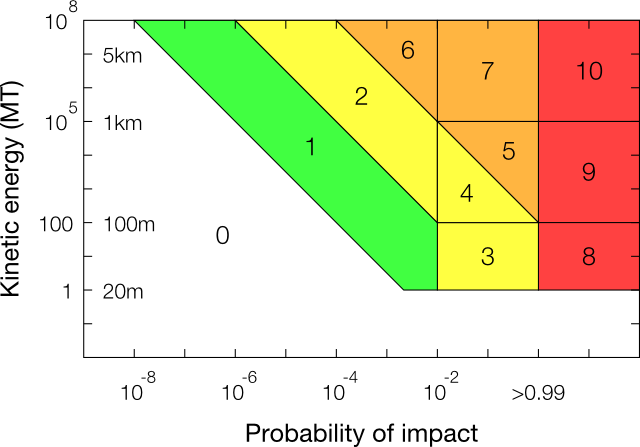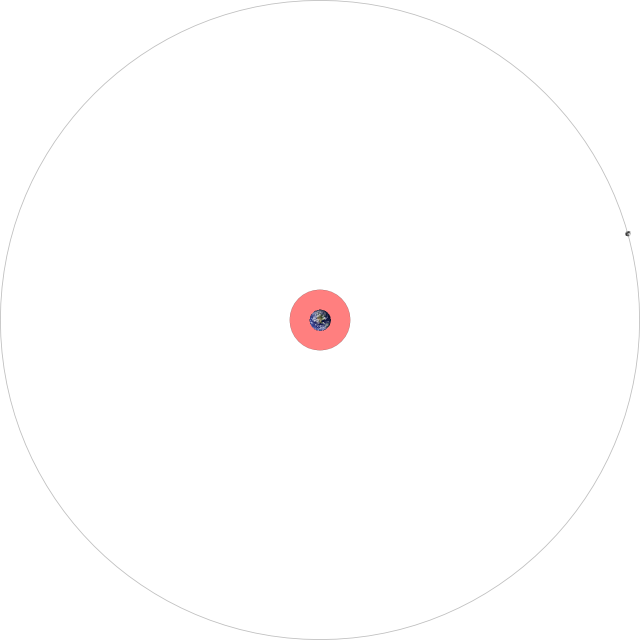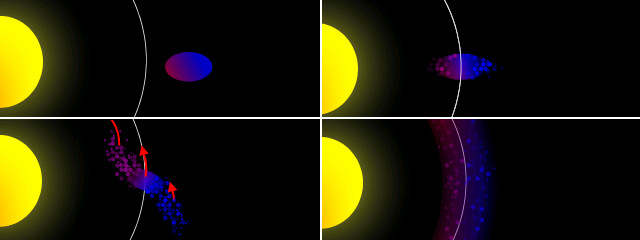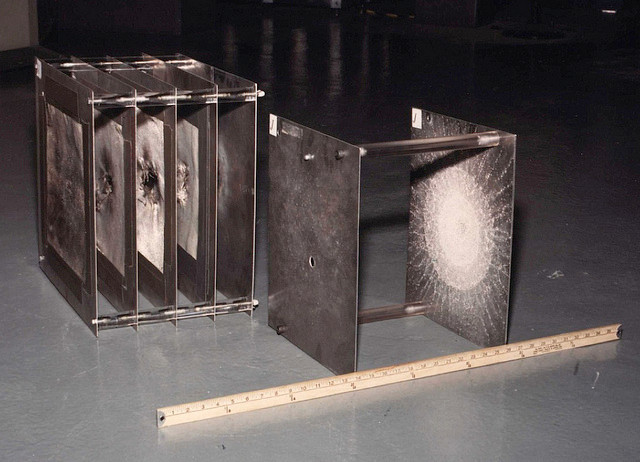The Kepler telescope, a satellite telescope in orbit around the Sun* designed to look for exoplanets, has come to the end of its original mission. The end of the mission was caused by the failure of ‘s reaction wheels, which are used to point the telescope. Reaction wheels are electric motors connected to metals discs, usually with masses between . As the speed of the motors are altered the conservation of angular momentum imparts a force on the spacecraft, causing it to rotate around its centre of mass. 
The aboard the Lunar Reconnaissance Orbiter.
Reaction wheels are usually employed in groups of three, the x-, y- and z-axes, enabling the telescope to be pointed accurately in . Kepler was fitted with , with all , and each acting as a spare for the other three. After wheels (#2) failed in July 2012 the spacecraft was still able to operate normally, but reaction wheel #4 began malfunctioning in January 2013, and whilst the wheel returned to working order initially, it failed completely on, leaving the spacecraft now unable to move and point properly. 
Reaction wheels aboard Kepler.
Reaction wheels are often confused with momentum wheels, but the two are very different. Momentum wheels are much heavier, and spin at much higher rates, and their role is not to point or steer the spacecraft but rather to use the gyroscopic effect to keep it in a fixed position when subjected to perturbing forces such as solar wind or radiation pressure. Satellites in orbit close around Earth can also use a device called a magnetorquer to control their position. By altering the flow of current through a set of coils (again usually three, with the spacecraft pushes against Earth’s magnetic field and the reaction force against this push causes the satellite to rotate.
* Technically an Earth-trailing heliocentric orbit.




 (L-R) A multi-layer and twin-layer Whipple shield.
(L-R) A multi-layer and twin-layer Whipple shield.
